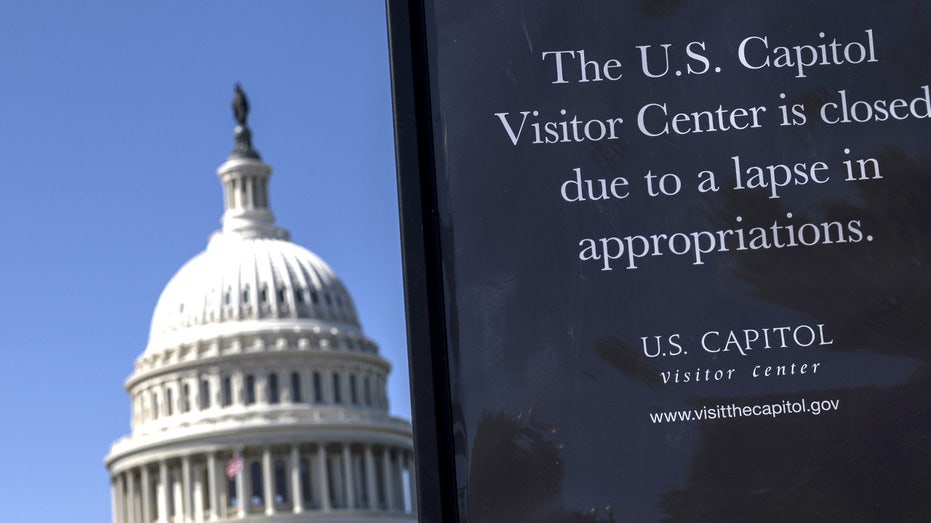
At 12:01 a.m. ET on Wednesday, the federal government entered its first shutdown since 2018, after two competing funding proposals, one from Democrats and another from Republicans, failed in the Senate. The setback deepened the stalemate, with neither side showing willingness to concede.
Though once uncommon, government shutdowns have grown more frequent in recent decades as political brinkmanship has become a hallmark of budget negotiations.
Since 1976, the U.S. government has experienced 20 shutdowns. The most recent one, the longest in U.S. history, occurred when a dispute over funding for President Donald Trump's border wall halted government operations for 34 days, spanning from December 2018 into January 2019.
Trump on Monday evening blamed Democratic lawmakers for the shutdown, saying he’d be "happy to work with the Democrats on their failed healthcare policies" once the government reopens.
"Democrats have SHUT DOWN the United States government right in the midst of one of the most successful economies, including a record stock market, that our country has ever had," Trump wrote on Truth Social. "This has sadly affected so many programs, services, and other elements of society that Americans rely on — and it should not have happened."
"I am happy to work with the Democrats on their failed healthcare policies, or anything else, but first they must allow our government to re-open," he added.
Previous government shutdowns have tended to be more about political drama than economic disruption, with markets and jobs recovering quickly afterward.
However, this shutdown, stretching into its first week, comes as the Trump administration warns that furloughs across the federal government could become permanent. Typically, furloughs are temporary; once Congress resolves the standoff, employees return to work and receive back pay.
On Monday, White House press secretary Karoline Leavitt again placed responsibility for the potential mass layoffs on Democrats, echoing the administration’s stance on the shutdown.
"This conversation about layoffs would not be happening right now if the Democrats did not vote to shut the government down," Leavitt said.